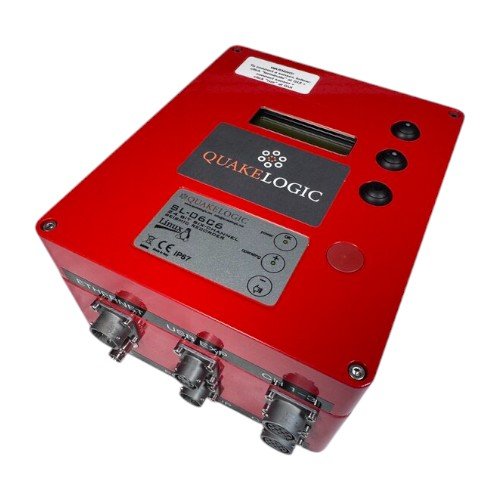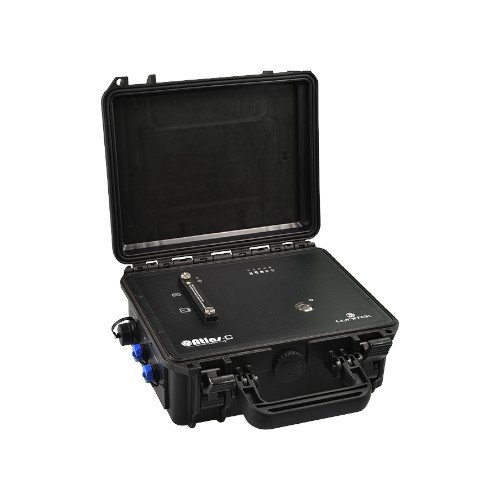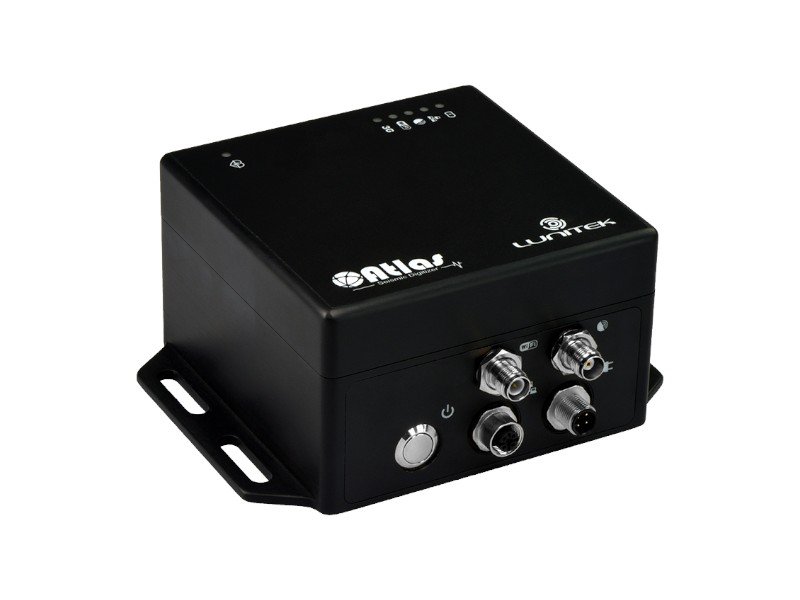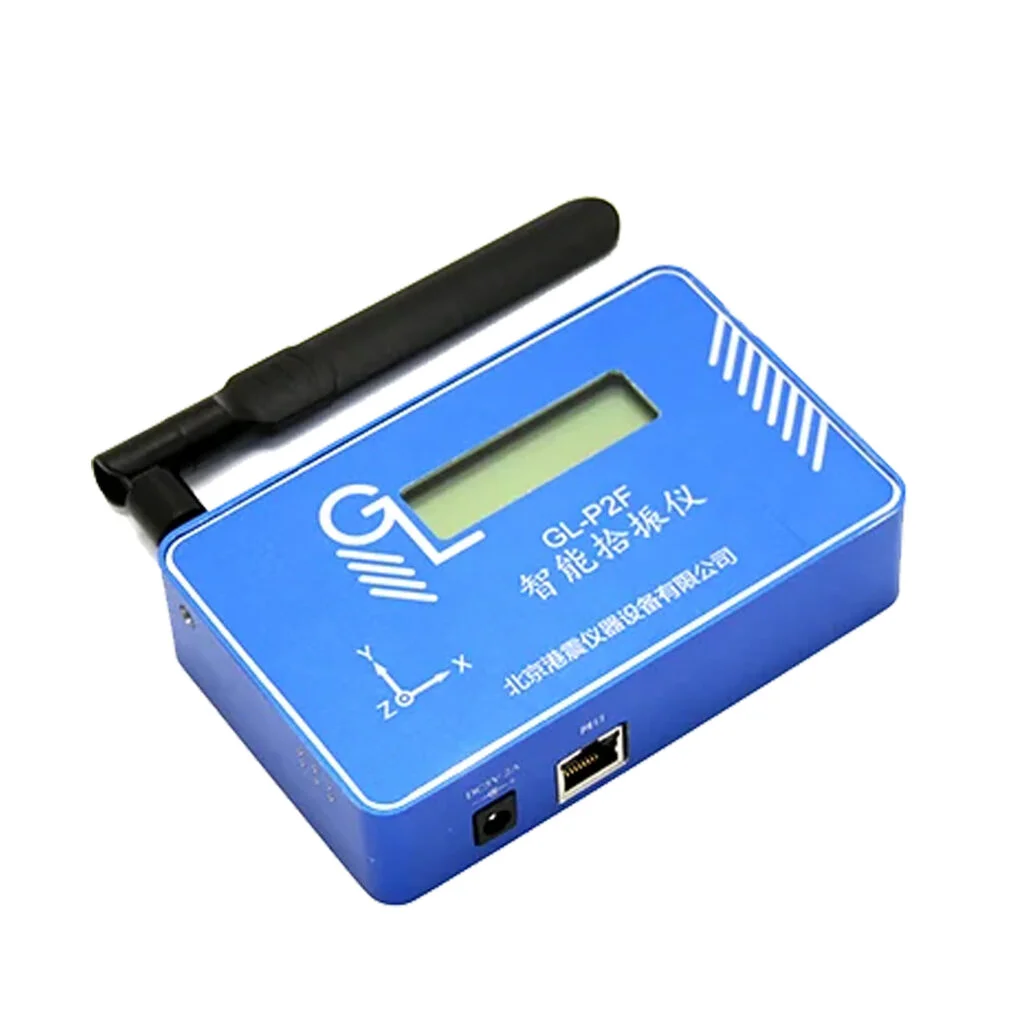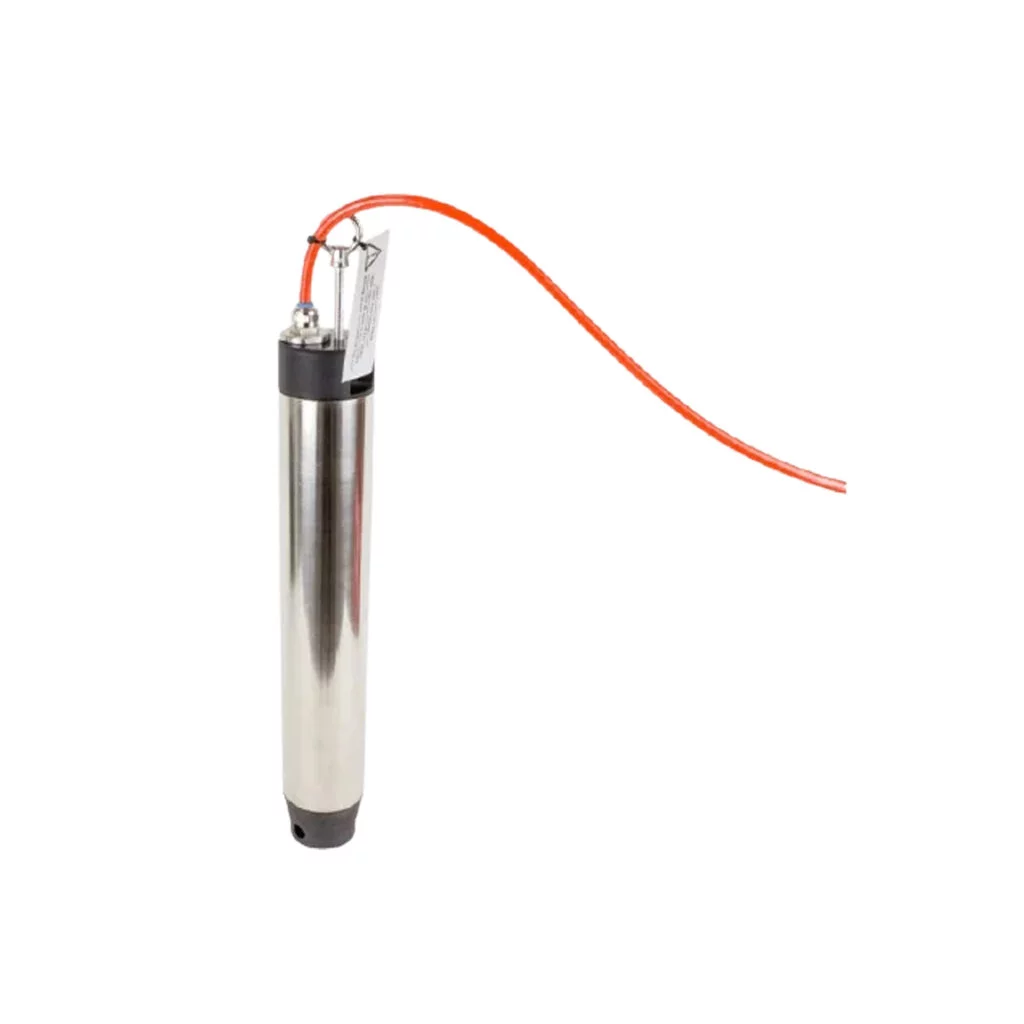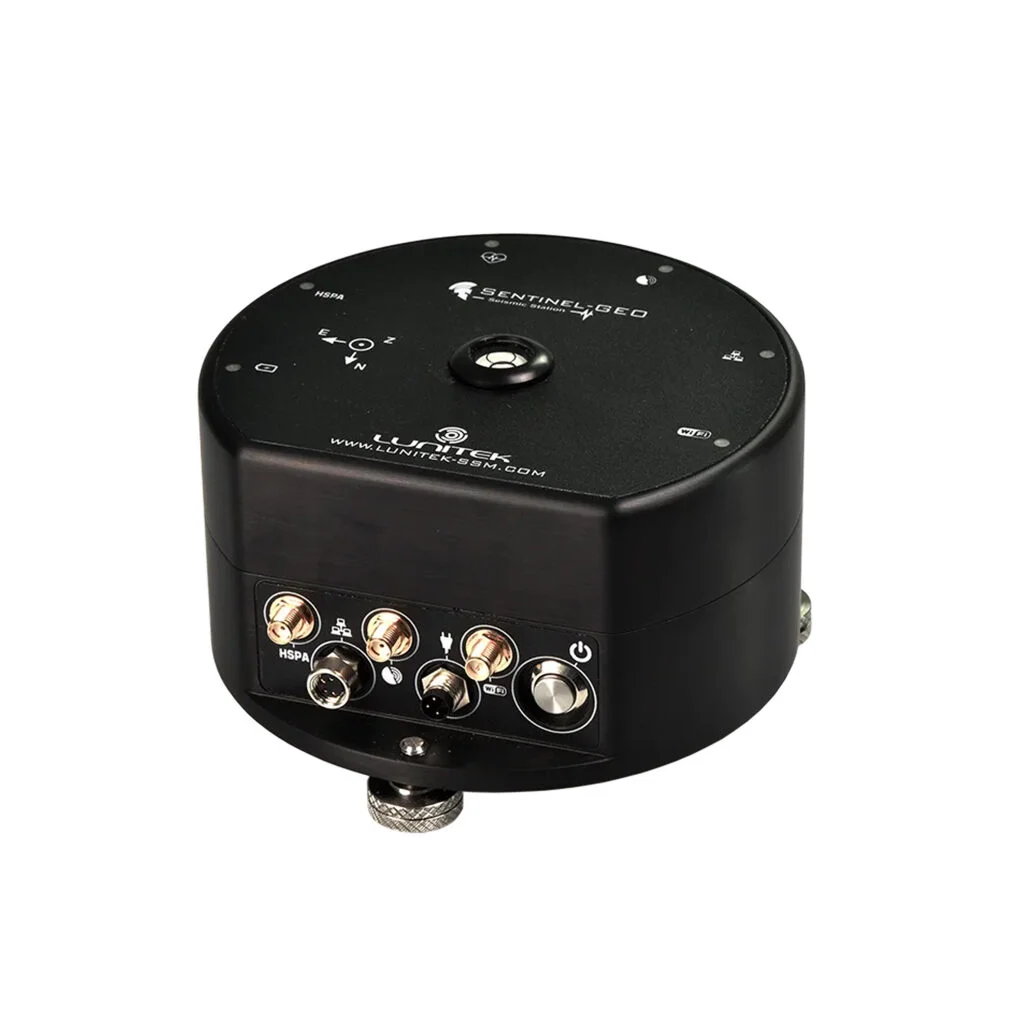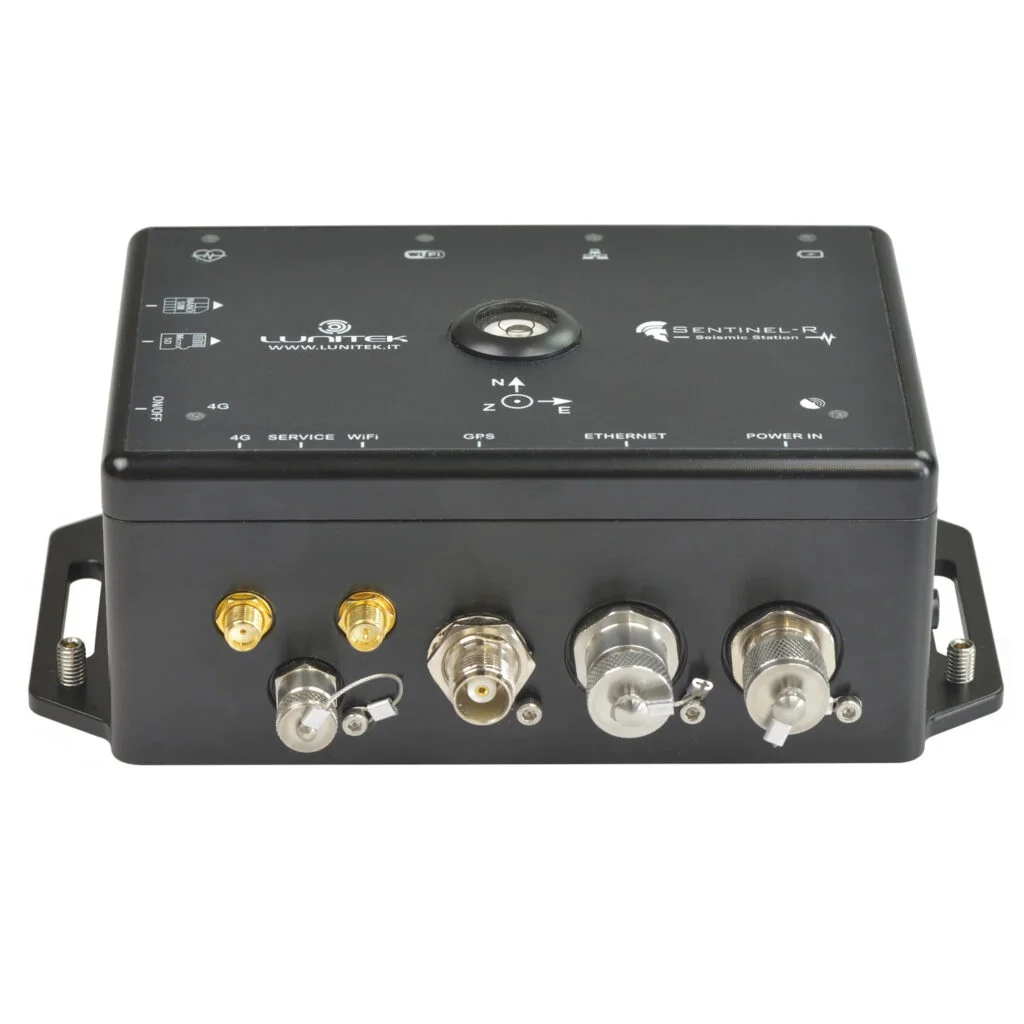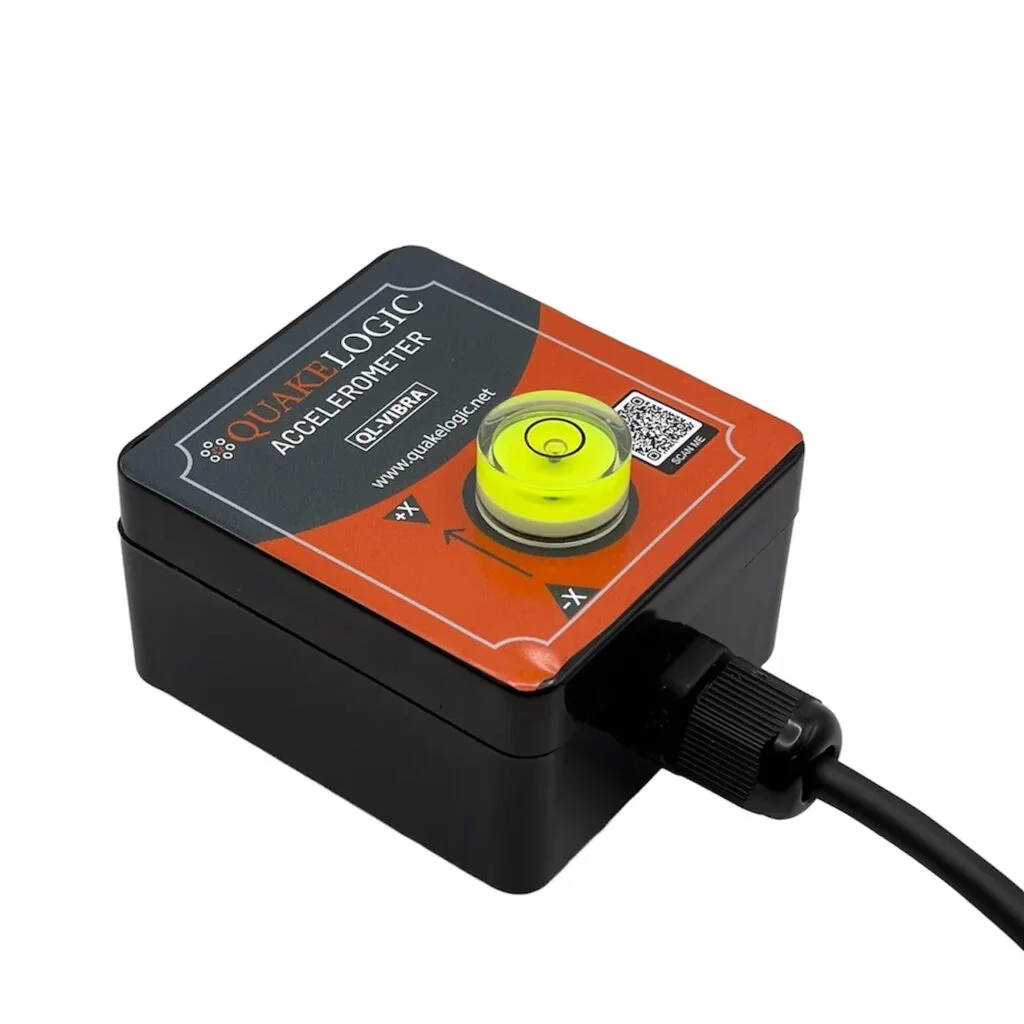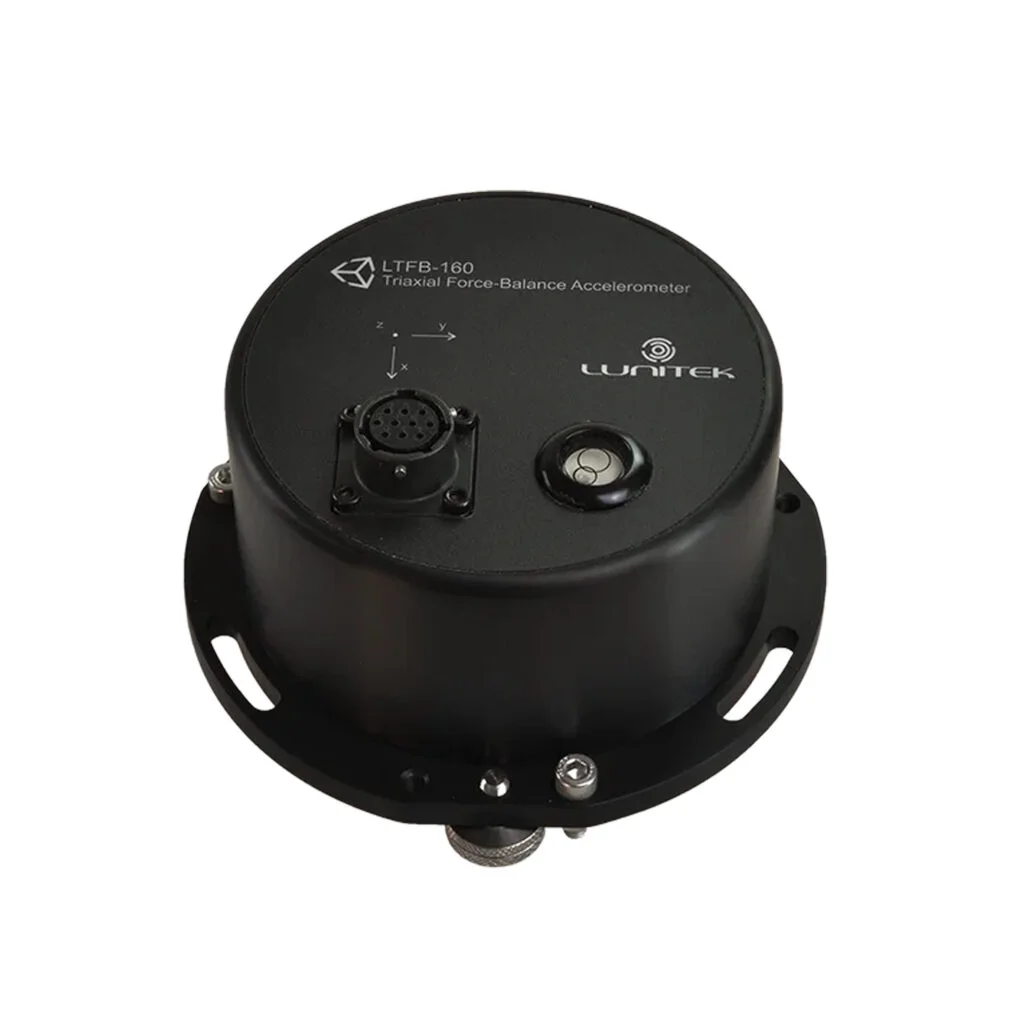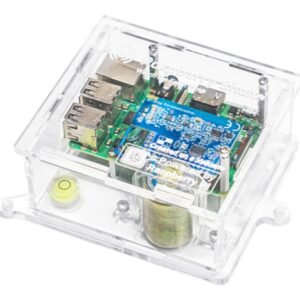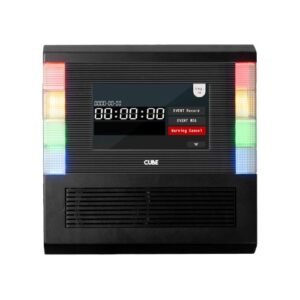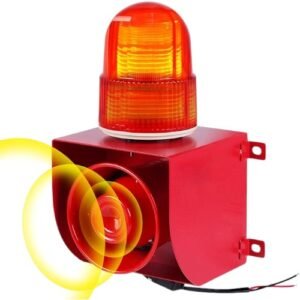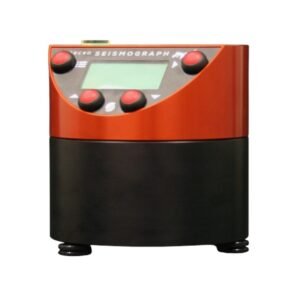Currently Empty: $0,00

ATLAS-F MULTICHANNEL DATALOGGER
ATLAS-F – A rugged, high-performance seismic recorder featuring 32-bit ADCs, >136dB dynamic range, up to 1000 sps sampling, and 1TB dual-zone memory. With hot-swappable batteries (40-hour backup), GNSS synchronization, LAN, WiFi, 4G connectivity, and IP67 protection, it ensures uninterrupted, precise seismic monitoring in any environment.
$4.326,00 – $6.331,00
OVERVIEW
Description
The ATLAS-F is an advanced variant of the ATLAS digitizer, developed in response to customer needs for greater accessibility and extended field operation. Compared to the standard ATLAS, it features:
- Easily removable SD and SIM card slots for quick data and network access.
- Hot-swappable dual-slot batteries for uninterrupted long-term monitoring.
- All connectors positioned on one side for efficient cable management and space optimization in enclosed installations.
Optimized for Portability & Long-Term Monitoring
- Flight-Friendly Design – Batteries can be removed and carried separately in the cabin.
- Continuous Operation – Batteries can be swapped individually without powering down the instrument.
- Available Configurations – Supports 3, 6, or 9 differential input channels (optionally 4 or 8).
Exceptional Performance




- Ring-buffer zone for continuous sampling.
- Triggering zone for event-based recording.
MiniSEED Data Format – Ensures compatibility with standard seismic workflows.
GNSS Time Synchronization – Absolute time precision across multiple units.
Advanced Connectivity & User-Friendly Operation



Integrated UPS & Flexible Power Supply



Durable & Field-Ready

Key Features






The ATLAS-F is designed for seismologists and engineers requiring robust, portable, and continuous seismic monitoring in any environment.
Additional information
| Weight | N/A |
|---|---|
| Dimensions | N/A |
| TYPE | ATLAS-F (3CH), ATLAS-F (6CH), ATLAS-F (9CH) |
Application
ATLAS-F is designed to suit various applications and provide a solution to the users needs in the field.
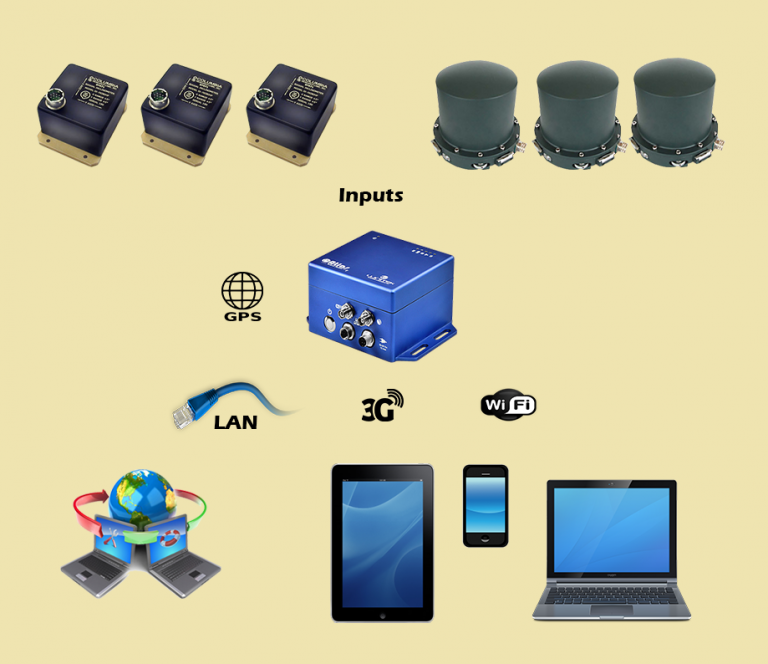
LONG-TERM OR SHORT-TERM MONITORING
ATLAS-F can be used with an accelerometric or a velocimetric sensor.
ATLAS-F can be configured in-situ using WIFI or LAN cable.
If ATLAS-F is used for permanent monitoring, it can be reached remotely using the built-in 4G modem or using LAN connection in order to link it, for example, to an ADSL modem.
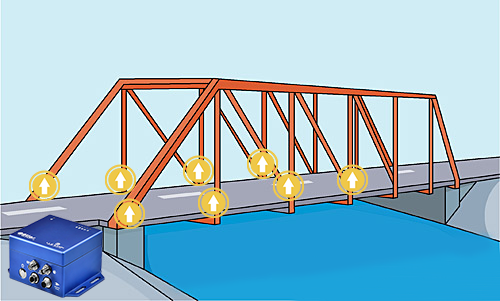
LARGE STRUCTURE MONITORING
ATLAS-F is well suited to the monitoring of large structures where multiple sensor information is required.
In such applications sensors are wired up to ATLAS-F and with each device you can acquire up to 9 synchronous channels.
If more channels are needed, connection to an other ATLAS-F device and synchronization with the MASTER is possible. ATLAS-F can be reached locally via WiFi or remotely using the buit-in HSPA modem or by LAN.
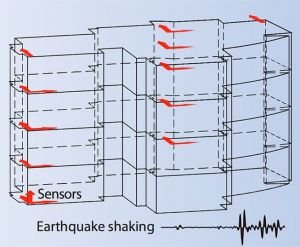
STRUCTURAL MONITORING
ATLAS-F is often used in the filed of structural monitoring for calculating the specific resonant frequency of the buildings.
Lunitek has developed ad-hoc firmware based on FFT for real time evaluation of the building’s state of health.

MONITORING STATION
In a typical geophysical monitoring station ATLAS-F is used with a low noise force balance triaxial accelerometer and with a triaxial velocimeter both mounted on a concrete slab.
Both sensors are digitized with high dynamics, high accuracy ADC.
ATLAS-F can be equipped with auxiliary analog inputs in order to monitor enviromental data (temperature or humidity) or with digital input to monitor external events (vault open/closed) or even with output driving capability to comunicate exceeding thresholds (alarms).
Models
ATLAS-F models available
- ATLAS-F 3T: 3 32bit channels on a single MIL connector (size 14, 19 pins) sample rate up to 1Khz.
- ATLAS-F 6T: 6 32bit channels on two MIL connectors (size 14, 19 pins) sample rate up to 500Hz.
- ATLAS-F 9T: 9 32bit channels on three MIL connectors (size 14, 19 pins) sample rate up to 250Hz.
FAQS
FREQUENTLY ASKED QUESTIONS
IS ATLAS CAPABLE OF PERFORMING BOTH REAL-TIME STREAMING AND EVENT-TRIGGERING SIMULTANEOUSLY?
Answer: Yes, ATLAS may do both tasks in parallel. For event-triggering, threshold exceedance instead of STA/LTA is recommended for accelerometers.
WHAT HAPPENS WHEN THE TELEMETRY IS DOWN? CAN THE DATA BE RETRIEVED EASILY?
Answer: The telemetry works through SeedLINK protocol, which holds data in its ring buffer whose size is by default 1GB (expandable): it corresponds to some days of continuous recording. When the telemetry goes down, the client may request data from the last packet received before the break and then recovered all the missing data. This is automatically handled by the SeedLINK client. Whether the telemetry is up or down, the device always stores data in a separate folder and the telemetry (SeedLINK) server detects it, and copies data in its ring buffer, ready to be sent on request.
CAN MULTIPLE ATLAS DIGITIZERS AT DIFFERENT LOCATIONS BE TRIGGERED SIMULTANEOUSLY?
Answer: This could be done in two ways. For example, if the 2 or more ATLAS digitizers are in the same LAN segment, either ATLAS could reach the trigger status and trigger all the other units with a broadcast message. If they are installed in different LAN segments (for example there is a gateway in the middle), this won’t work and we should install an additional module on a Linux machine that catches the alarms from the devices and implements a trigger voting algorithm.
WHAT FORMAT DOES THE ATLAS DIGITIZER USE TO SAVE EVENT FILES?
Answer: MiniSEED, just like the continuous recording. But if we install the QUAKELOGIC Event Watchdog software to the remote server, the trigger files may be sent automatically to a remote server and exported in ASCII format, or the server may extract the event data from the continuous recording and perform the export. For example, this would be the best way to interact with a LABVIEW application.
HOW DOES ATLAS DIGITIZER SEND AN EVENT FILE TO A REMOTE SERVER?
Answer: The ATLAS digitizer can communicate with the remote server (Linux Machine) through MQTT and SeedLINK. The Linux Machine takes care of storing all the continuous recordings from the ATLAS devices and receives the trigger data through MQTT or just extracts it from the continuous buffer. At this point, data is still available in MiniSEED. Once we have a time window for an event, we may export it in ASCII.
HOW CAN ATLAS DIGITIZER BE POWERED BY A SOLAR POWER?
Answer: The ATLAS digitizer can be powered by a 12 V solar panel (>100 W). The system requires a solar panel, 12V backup battery and controller unit. QuakeLogic can provide all these auxiliary hardware including on-site installation.

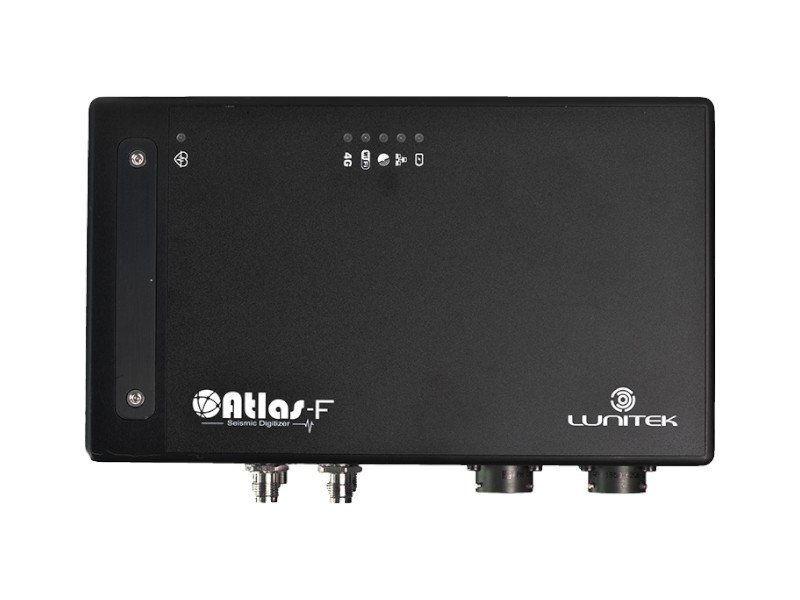


OVERVIEW
Description
The ATLAS-F is an advanced variant of the ATLAS digitizer, developed in response to customer needs for greater accessibility and extended field operation. Compared to the standard ATLAS, it features:
- Easily removable SD and SIM card slots for quick data and network access.
- Hot-swappable dual-slot batteries for uninterrupted long-term monitoring.
- All connectors positioned on one side for efficient cable management and space optimization in enclosed installations.
Optimized for Portability & Long-Term Monitoring
- Flight-Friendly Design – Batteries can be removed and carried separately in the cabin.
- Continuous Operation – Batteries can be swapped individually without powering down the instrument.
- Available Configurations – Supports 3, 6, or 9 differential input channels (optionally 4 or 8).
Exceptional Performance




- Ring-buffer zone for continuous sampling.
- Triggering zone for event-based recording.
MiniSEED Data Format – Ensures compatibility with standard seismic workflows.
GNSS Time Synchronization – Absolute time precision across multiple units.
Advanced Connectivity & User-Friendly Operation



Integrated UPS & Flexible Power Supply



Durable & Field-Ready

Key Features






The ATLAS-F is designed for seismologists and engineers requiring robust, portable, and continuous seismic monitoring in any environment.
Additional information
| Weight | N/A |
|---|---|
| Dimensions | N/A |
| TYPE | ATLAS-F (3CH), ATLAS-F (6CH), ATLAS-F (9CH) |
Application
ATLAS-F is designed to suit various applications and provide a solution to the users needs in the field.

LONG-TERM OR SHORT-TERM MONITORING
ATLAS-F can be used with an accelerometric or a velocimetric sensor.
ATLAS-F can be configured in-situ using WIFI or LAN cable.
If ATLAS-F is used for permanent monitoring, it can be reached remotely using the built-in 4G modem or using LAN connection in order to link it, for example, to an ADSL modem.

LARGE STRUCTURE MONITORING
ATLAS-F is well suited to the monitoring of large structures where multiple sensor information is required.
In such applications sensors are wired up to ATLAS-F and with each device you can acquire up to 9 synchronous channels.
If more channels are needed, connection to an other ATLAS-F device and synchronization with the MASTER is possible. ATLAS-F can be reached locally via WiFi or remotely using the buit-in HSPA modem or by LAN.

STRUCTURAL MONITORING
ATLAS-F is often used in the filed of structural monitoring for calculating the specific resonant frequency of the buildings.
Lunitek has developed ad-hoc firmware based on FFT for real time evaluation of the building’s state of health.

MONITORING STATION
In a typical geophysical monitoring station ATLAS-F is used with a low noise force balance triaxial accelerometer and with a triaxial velocimeter both mounted on a concrete slab.
Both sensors are digitized with high dynamics, high accuracy ADC.
ATLAS-F can be equipped with auxiliary analog inputs in order to monitor enviromental data (temperature or humidity) or with digital input to monitor external events (vault open/closed) or even with output driving capability to comunicate exceeding thresholds (alarms).
Models
ATLAS-F models available
- ATLAS-F 3T: 3 32bit channels on a single MIL connector (size 14, 19 pins) sample rate up to 1Khz.
- ATLAS-F 6T: 6 32bit channels on two MIL connectors (size 14, 19 pins) sample rate up to 500Hz.
- ATLAS-F 9T: 9 32bit channels on three MIL connectors (size 14, 19 pins) sample rate up to 250Hz.
FAQS
FREQUENTLY ASKED QUESTIONS
IS ATLAS CAPABLE OF PERFORMING BOTH REAL-TIME STREAMING AND EVENT-TRIGGERING SIMULTANEOUSLY?
Answer: Yes, ATLAS may do both tasks in parallel. For event-triggering, threshold exceedance instead of STA/LTA is recommended for accelerometers.
WHAT HAPPENS WHEN THE TELEMETRY IS DOWN? CAN THE DATA BE RETRIEVED EASILY?
Answer: The telemetry works through SeedLINK protocol, which holds data in its ring buffer whose size is by default 1GB (expandable): it corresponds to some days of continuous recording. When the telemetry goes down, the client may request data from the last packet received before the break and then recovered all the missing data. This is automatically handled by the SeedLINK client. Whether the telemetry is up or down, the device always stores data in a separate folder and the telemetry (SeedLINK) server detects it, and copies data in its ring buffer, ready to be sent on request.
CAN MULTIPLE ATLAS DIGITIZERS AT DIFFERENT LOCATIONS BE TRIGGERED SIMULTANEOUSLY?
Answer: This could be done in two ways. For example, if the 2 or more ATLAS digitizers are in the same LAN segment, either ATLAS could reach the trigger status and trigger all the other units with a broadcast message. If they are installed in different LAN segments (for example there is a gateway in the middle), this won’t work and we should install an additional module on a Linux machine that catches the alarms from the devices and implements a trigger voting algorithm.
WHAT FORMAT DOES THE ATLAS DIGITIZER USE TO SAVE EVENT FILES?
Answer: MiniSEED, just like the continuous recording. But if we install the QUAKELOGIC Event Watchdog software to the remote server, the trigger files may be sent automatically to a remote server and exported in ASCII format, or the server may extract the event data from the continuous recording and perform the export. For example, this would be the best way to interact with a LABVIEW application.
HOW DOES ATLAS DIGITIZER SEND AN EVENT FILE TO A REMOTE SERVER?
Answer: The ATLAS digitizer can communicate with the remote server (Linux Machine) through MQTT and SeedLINK. The Linux Machine takes care of storing all the continuous recordings from the ATLAS devices and receives the trigger data through MQTT or just extracts it from the continuous buffer. At this point, data is still available in MiniSEED. Once we have a time window for an event, we may export it in ASCII.
HOW CAN ATLAS DIGITIZER BE POWERED BY A SOLAR POWER?
Answer: The ATLAS digitizer can be powered by a 12 V solar panel (>100 W). The system requires a solar panel, 12V backup battery and controller unit. QuakeLogic can provide all these auxiliary hardware including on-site installation.




ASK A QUESTION
You may also like…
RELATED PRODUCTS
REFERENCE CUSTOMERS

















































































































